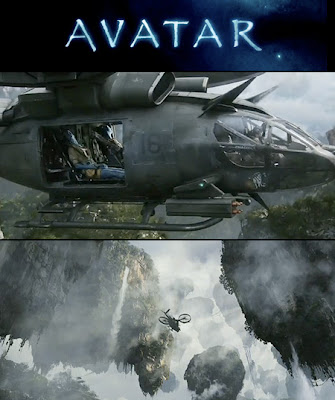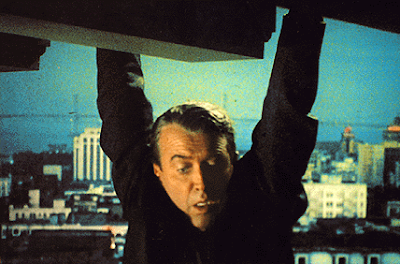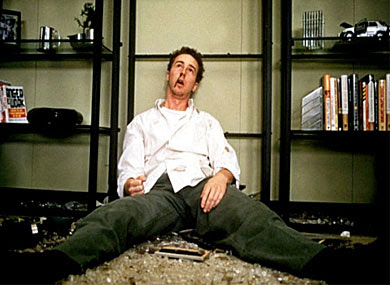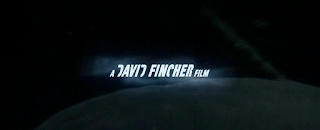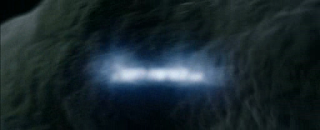(1) Name most of our cabinet ministers
(2) Discuss the current government policies
(3) Carry out an intellectual discussion on world affairs.

Additionally, a large number of youths do not……………
(1) Watch news programs
(2) Read the Straits Times
(3) Contemplate and debate about current affairs among one another
This may be due to……
Suspect No. 1: Wrong usage of Technology
I believe that technology is a HUGE distraction. Society is so caught up with the latest phones, gadgets and applications.
Question is, how and what are they using these for? I hardly see youths read an online report from Channel News Asia or CNN on their IPhone. What I do see is people on Cube, Rhinoball and Touch Hockey.

We have the means to access political campaigns and latest discussions among the government. However, the problem seems to be our misused of such advanced technologies. Instead of bette educating ourselves, we distant ourselves further from our surrounding and current affairs.
Suspect no. 2: Pop Culture
No prizes for guessing why this is probably another contributor to poli-apathy. Think about this, will youths enjoy watching a senate meeting or American Idol on TV more? Will more youths listen to a political campaign or a go to a Lady Gaga or Muse concert?

What I’m trying to say is that politics is not like pop culture; it consists of heavy subject matter and may be boring. We would have heard many of our fellow colleagues of friends engrossed in soccer or the latest trends in the market, but never interested in discussing politics.
Possibly, the only reason is because politics is a dry and boring. Additionally, most of us tend to seek entertainment after a hard day’s work.
 Even he yarns, what more us?
Even he yarns, what more us? Suspect no. 3: Framing education
Another issue I like to highlight is the way in which education is thought. Students, especially in Singapore are thought to focus on academic results and exams are based solely on endless arrays of notes and textbooks.
I do note that most textbooks to relate to political issues such as the latest developments and current affairs. However, we are not thought to relate to this and elaborate on such material. More importantly, we are not encouraged to find the reasons behind such issues.

We are tasks to REMEMBER (which I think is a BAD BAD way of learning) and RECALL (in the exams). Is this a good way of learning and understanding such issues in a deeper way; for example, its impact on other societies? Absolutely not. The education system is flawed.
Suspect no. 4: Modern day affluence
Many of us these days are reasonably well-off. This has disparaged youths from politics and made then materialistic. Girls are too distracted with what to wear. Boys seem to only be interested in their motorbikes and flashy cars.

We are ignorant to the more important issues that surround us. People do not seek knowledge; instead, they are too preoccupied with instant gratification based on material goods. In other words, we are distracted by our own wealth.
I have stated the several factors that may contribute to poli-apathy. However, these are very subjective accounts and I believe that there are many out there that may beg to differ.
However, I’ll end with a short clip explaining the likely cause/causes of poli-apathy in youths in contemporary society.
Enjoy!

